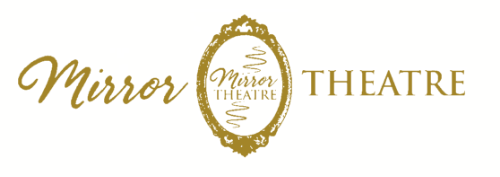Haunting Our Biases: Using Participatory Theatre to Interrupt Implicit Bias
Description
Through this project, our aim is to provide an entry level active engagement with implicit bias in post-secondary Applied Health Sciences contexts. Through this participatory, collaborative approach, student and faculty learners alike are invited to develop a deeper understanding of what implicit bias is, and what the impacts of implicit bias are in peoples’ every day lives. View our accompanying facilitator's: https://ecampusontario.pressbooks.pub/implicitbiastraining/
Scenes
Who Would You Like to Work With?
In this scene, six different statues are presented to the audience. This introductory activity begins to ask important questions about what assumptions we might make about people without even realizing it.
How Can I Help You?
As the scene Who Would You Like to Work With? contains video with no audio, we felt it was responsible to create an auditory version that gets at similar themes. Note that we do not expect you use both scenes, but choose one that best fits your context. In How can I Help You?, we hear four voices saying the same sentence. What assumptions do we make based upon vocal qualities such as tone?
What's in a Title?
This scene presents 8 different variations of a similar encounter: what preference do you have in your title? With this scene, participants can discuss assumptions that are made based upon perceived gender. Additionally, we can begin to think about how implicit bias exists systemically - that even something as seemingly simple as a questionnaire can hold many biases.
Donation
In this scene, Joe's character describes a personal encounter with someone who had asked for money to which he gave them a $10 bill. One friend said that it was a good choice, and that he had helped her. Another friend was against the decision, noting that there is a liquor store next door, and he could have been enabling an addict.
Labels
In labels, we see four healthcare practitioners interacting with an unseen patient and writing in the patient's file. While this scenes main focus can be on the biases held by each of the practitioners, this scene also presents an avenue to discuss systemic issues within the field itself, such as time.
Role Call
In this scene, a teacher unintentionally directs a micro-aggression towards a racialized student in a get-to-know-you activity. With this scene, participants can explore issues of power and how we might talk back to power when these encounters do happen.
Missed Interpretation
In this scene, we witness an awkward encounter between two parents as a white parent makes an assumption about a parent who is a person of colour. Here, we can continue to discuss how micro-aggressions might not be intended, but the impact is what is important.
But I'm a Good Person
In this scene, an older health care worker assumes that someone's pain is more emotion than anything and questions the decisions of a younger colleague. Later that night, she meets with her supervisor after realizing that she was incorrect about her assumptions. She questions her own role and 'blind spots' towards patients' experiences. The scene questions notions of what it means to be good and do good, as well as explores issues of power related to age and hierarchy.
Better?
In this scene, we return to statues, but this time, someone tries to re-sculpt them for the sake of making them 'better.' We have positioned this scene last as we feel it builds upon the rest of the scenes in the workshop. What does it really mean to be better? When we try and make things better, whom is it for?
